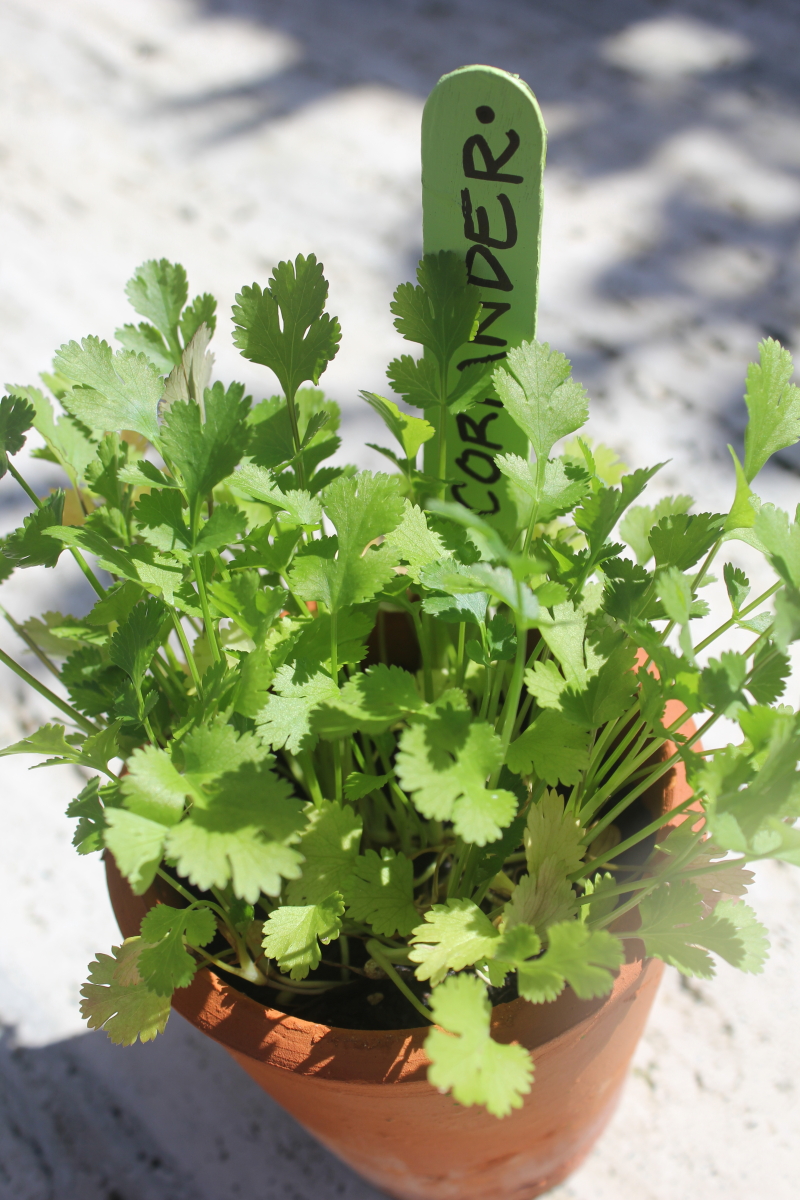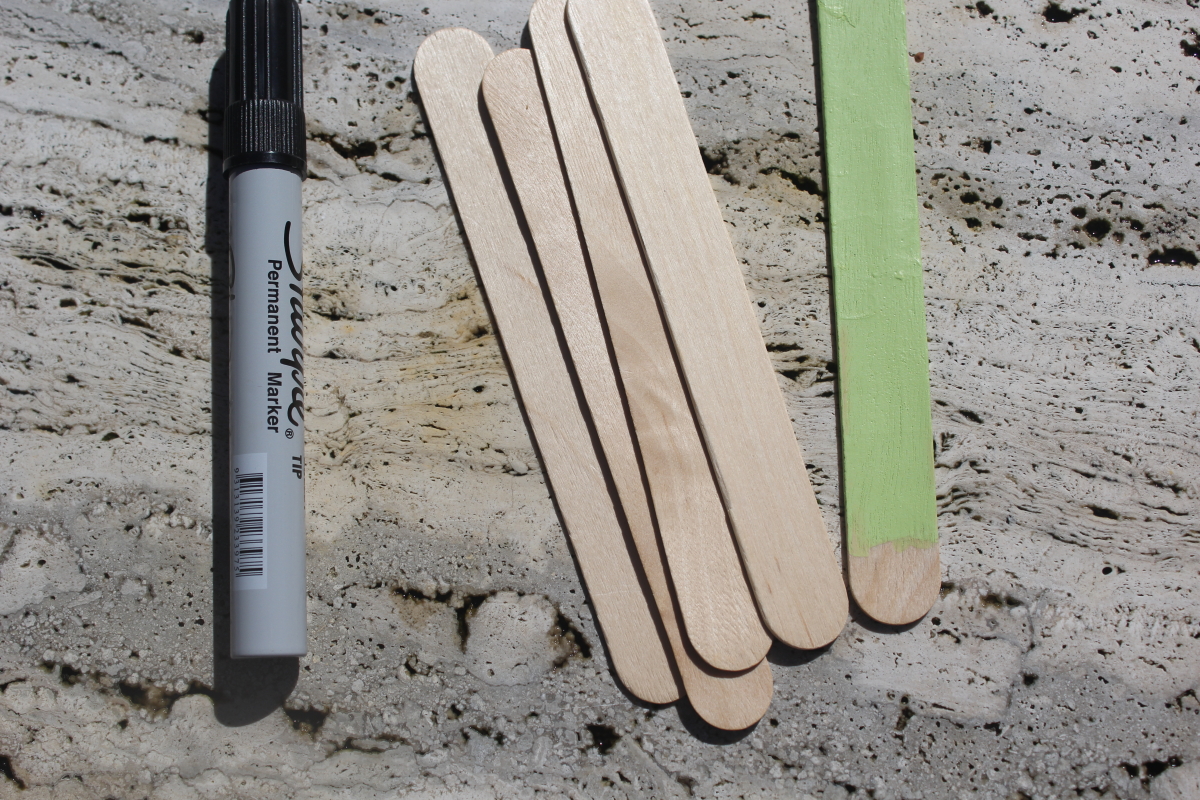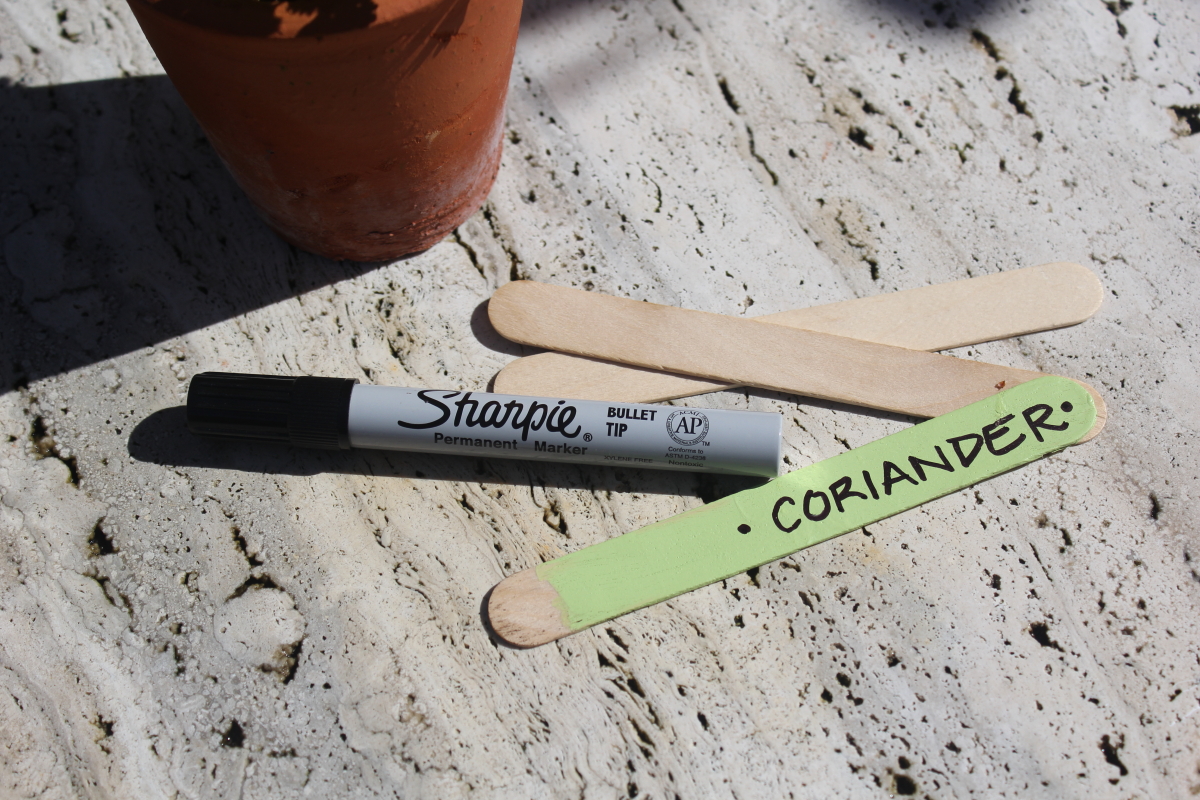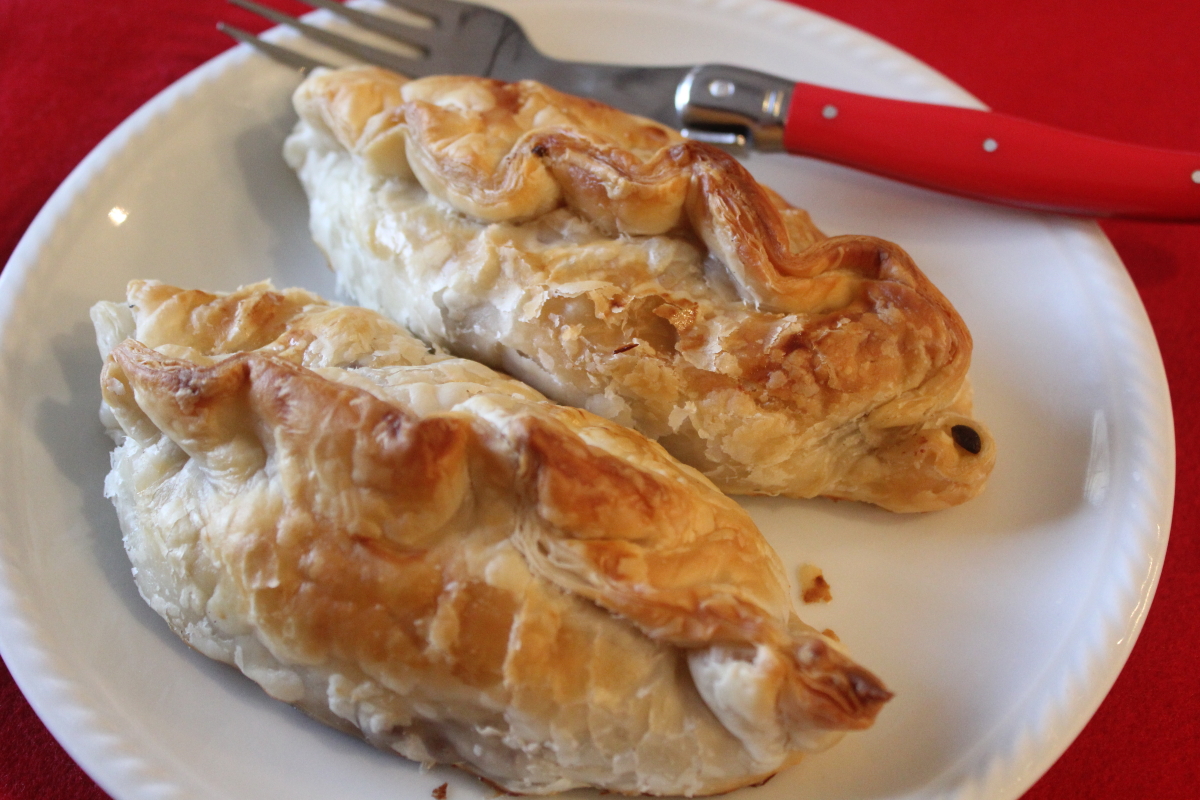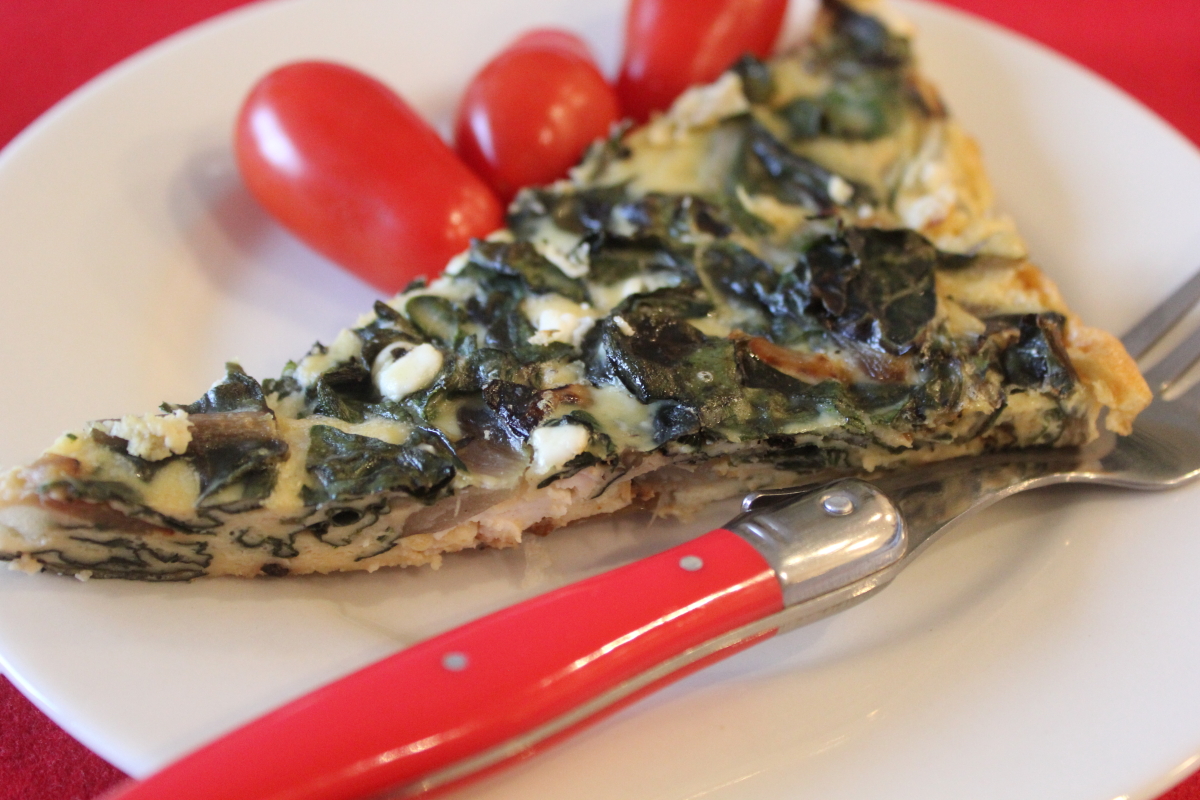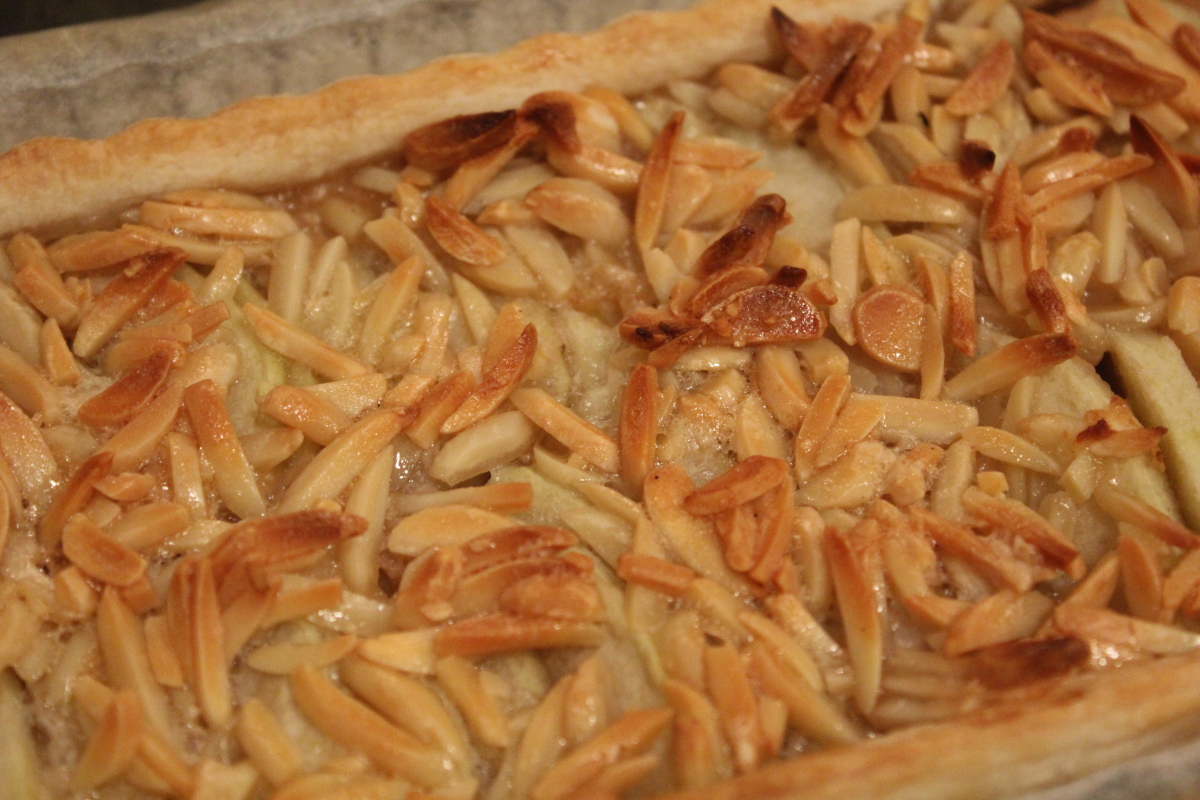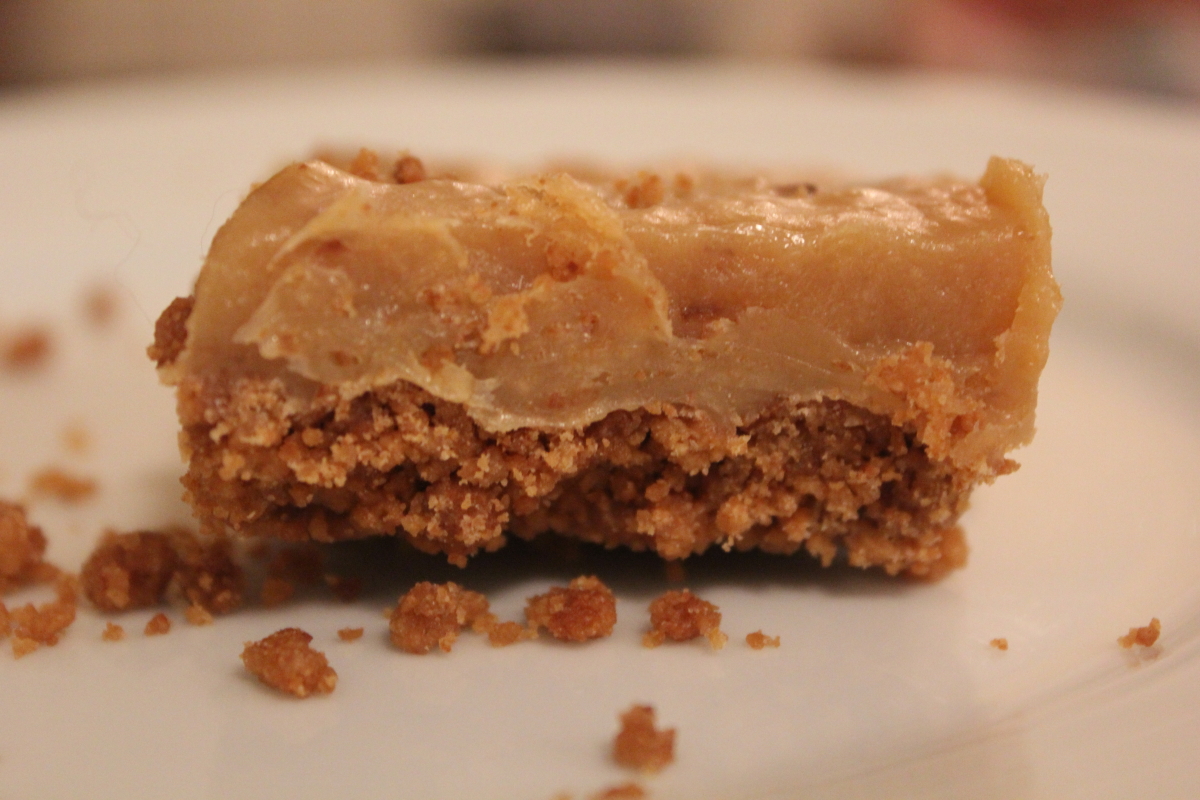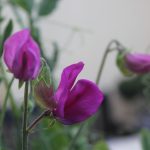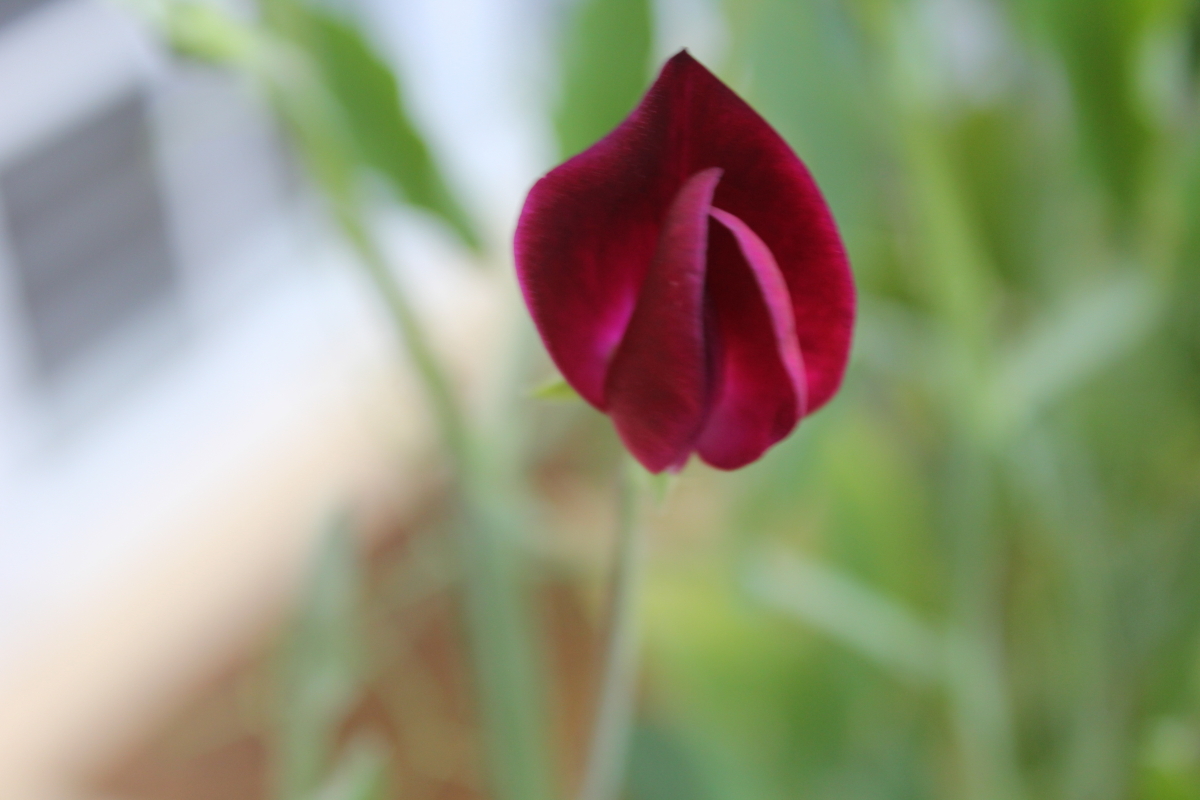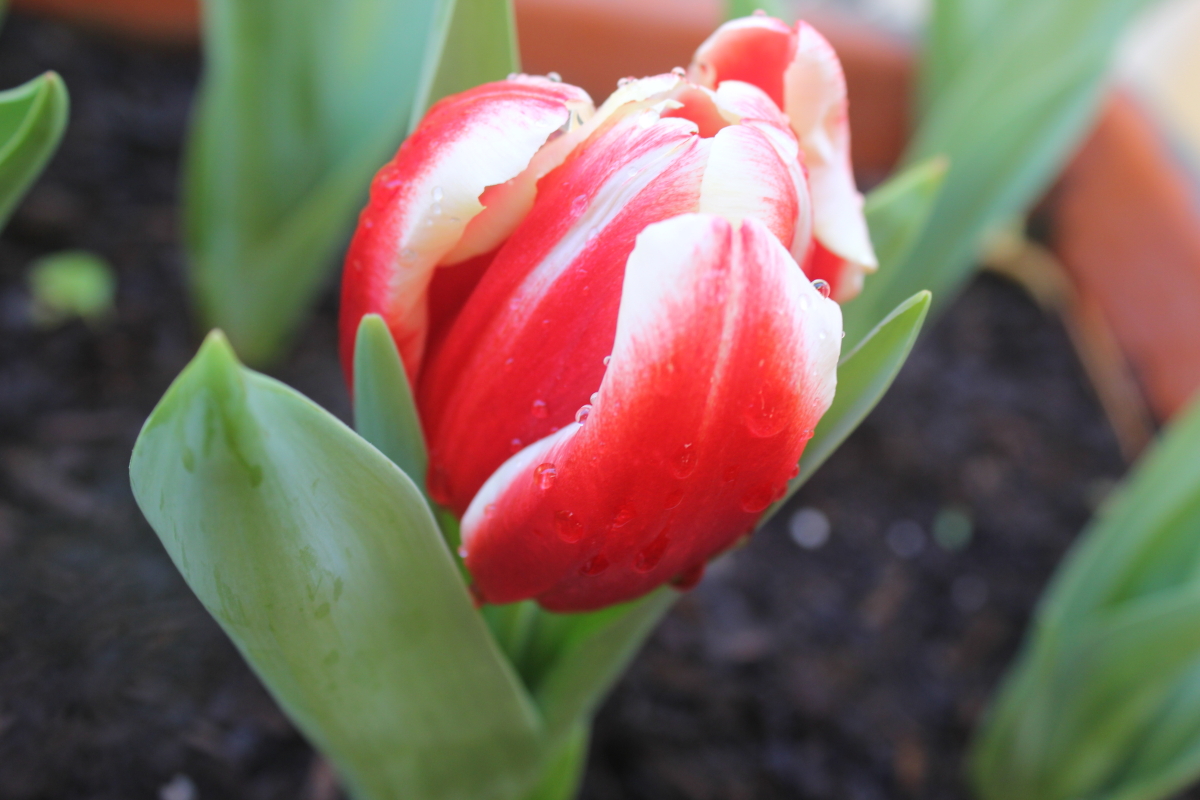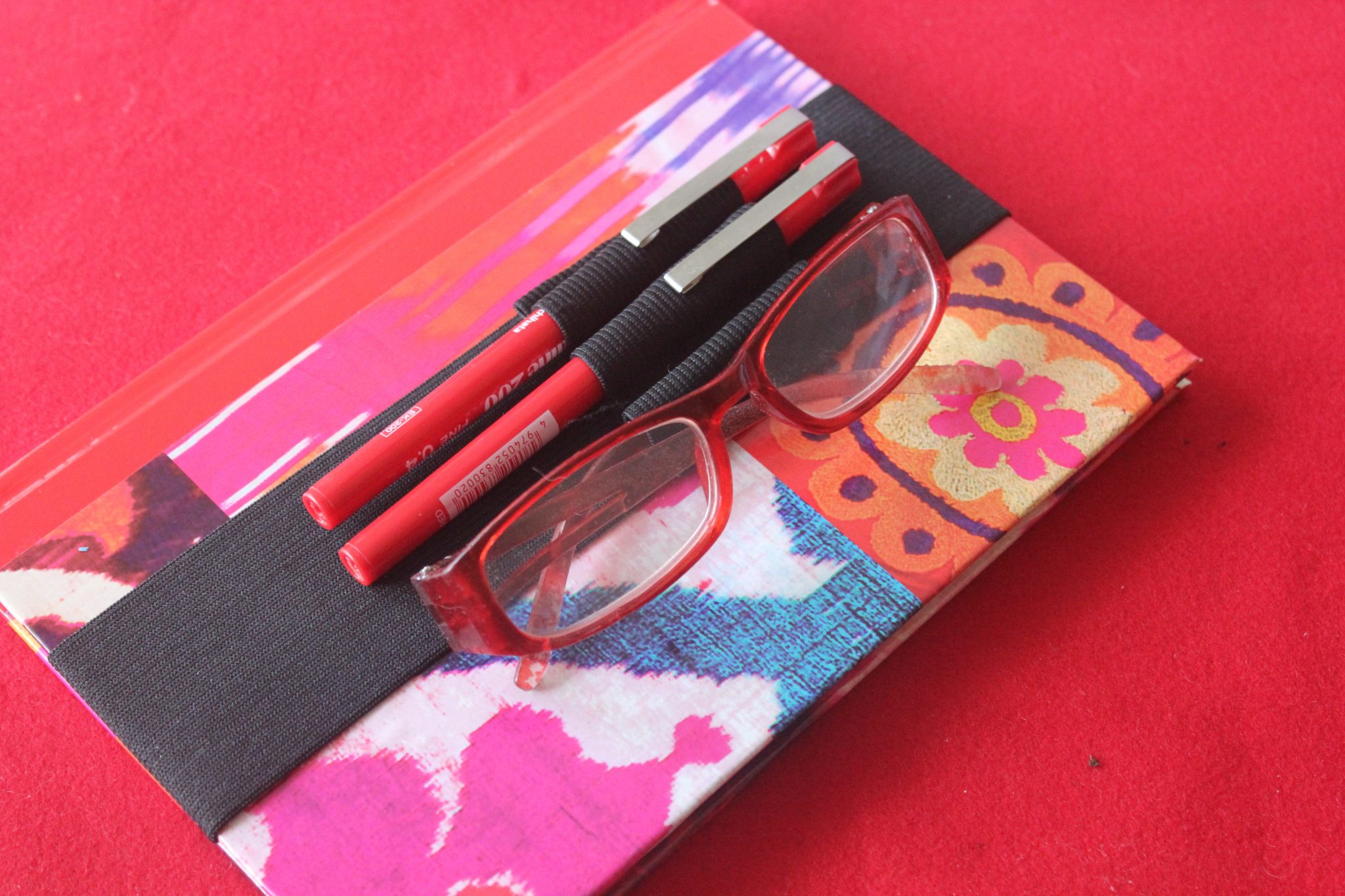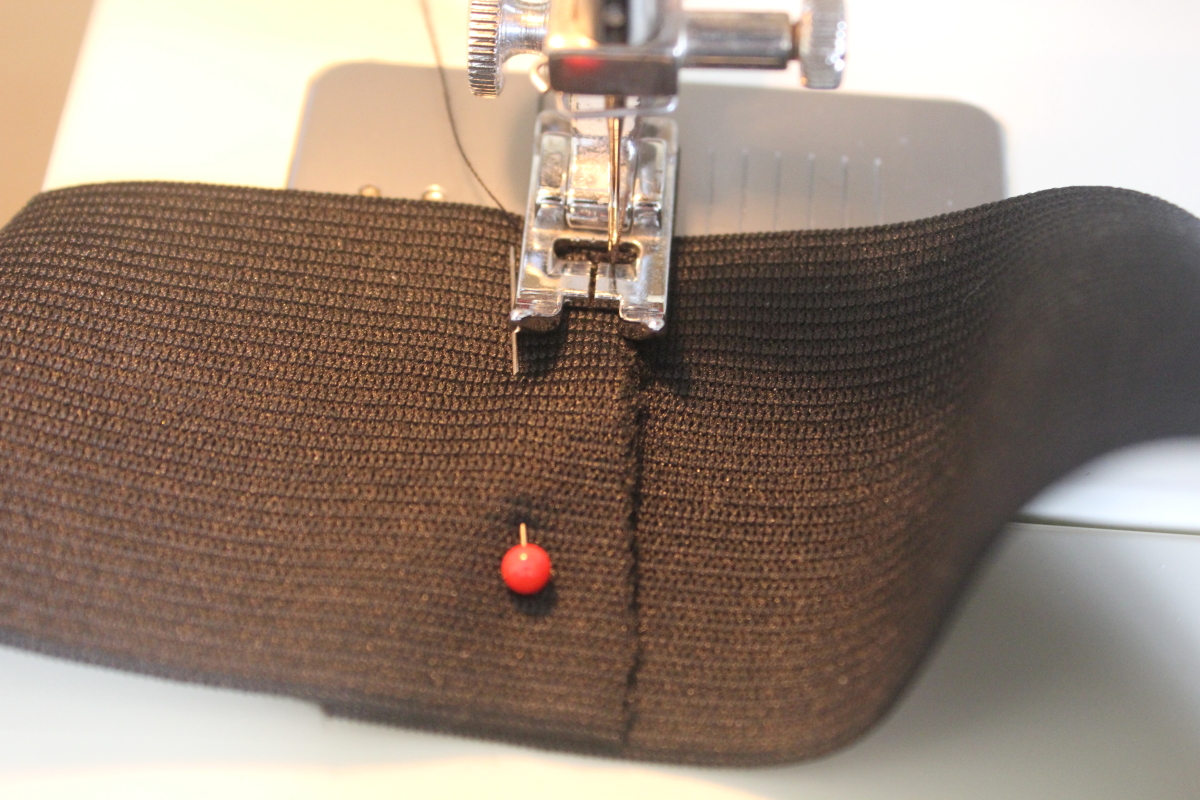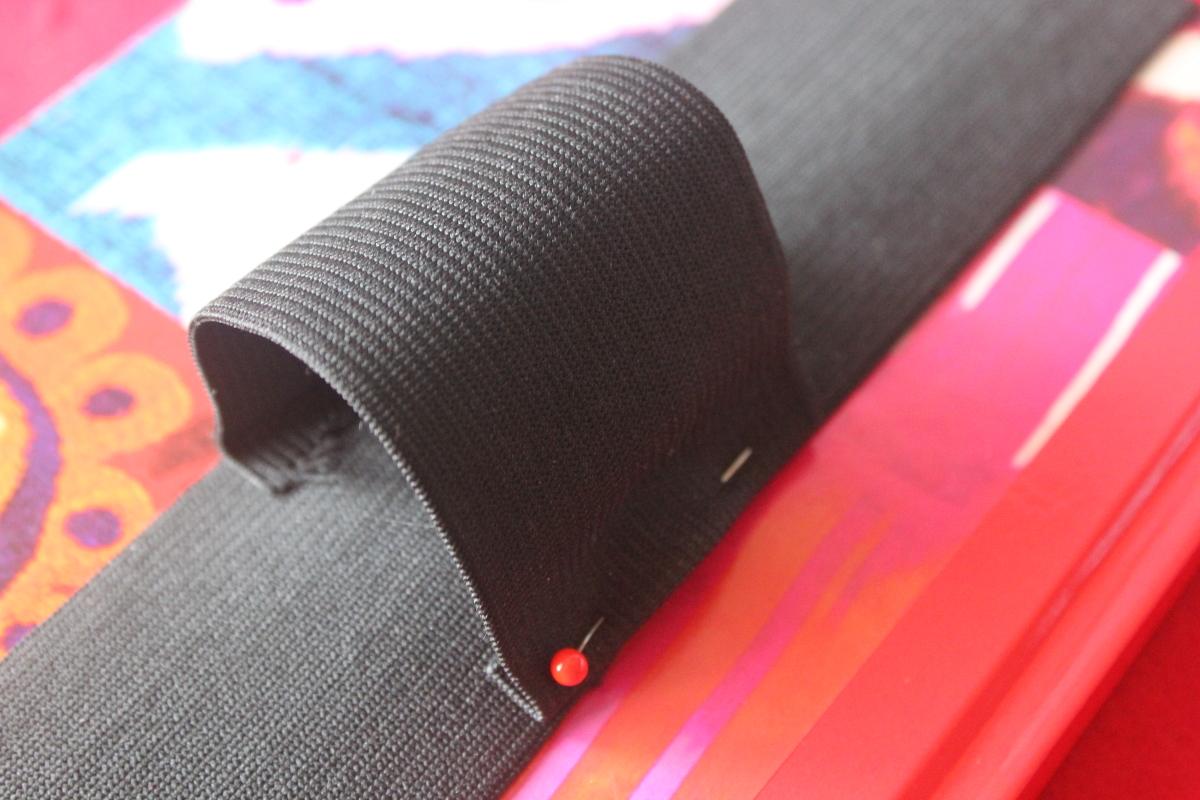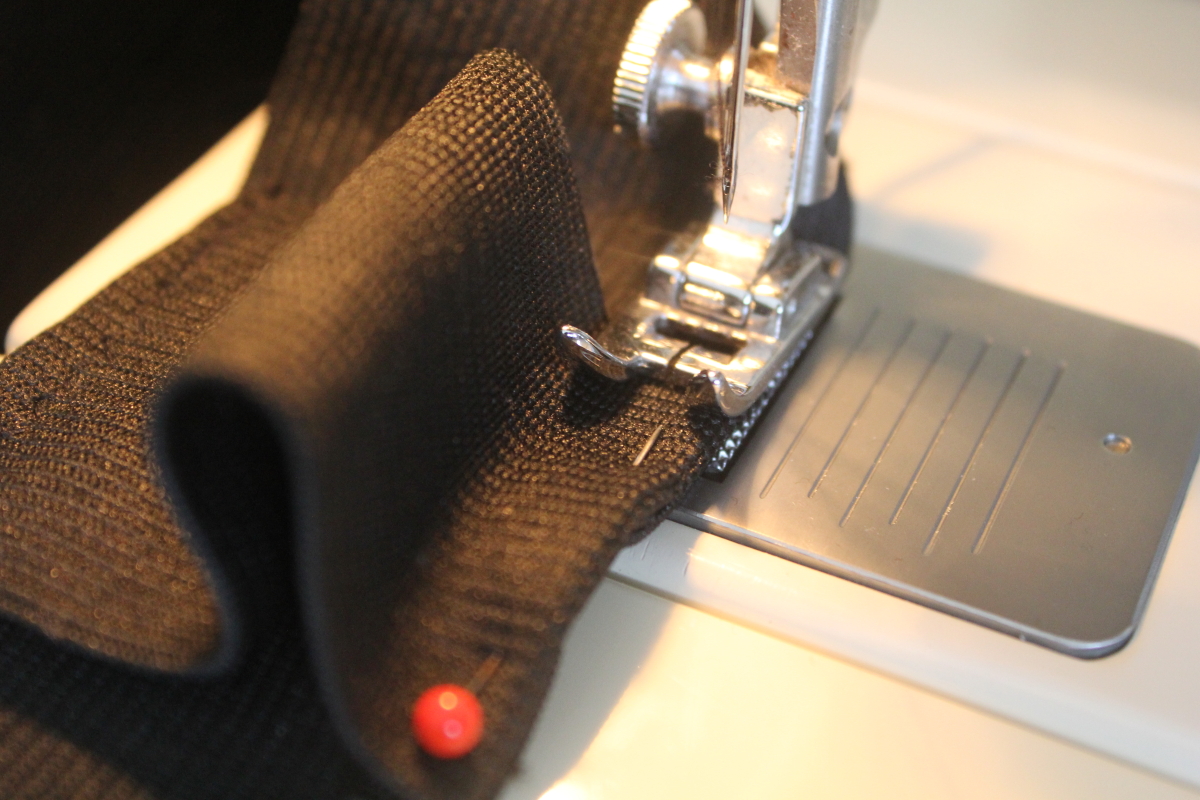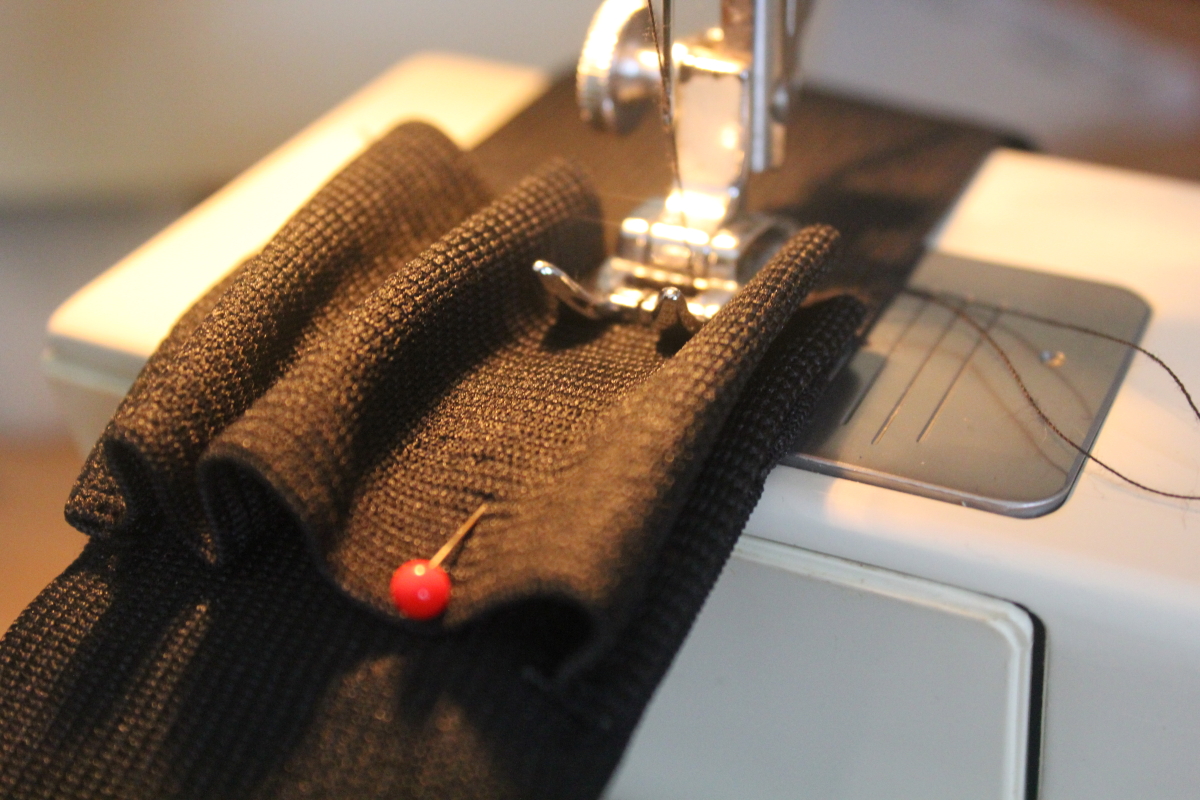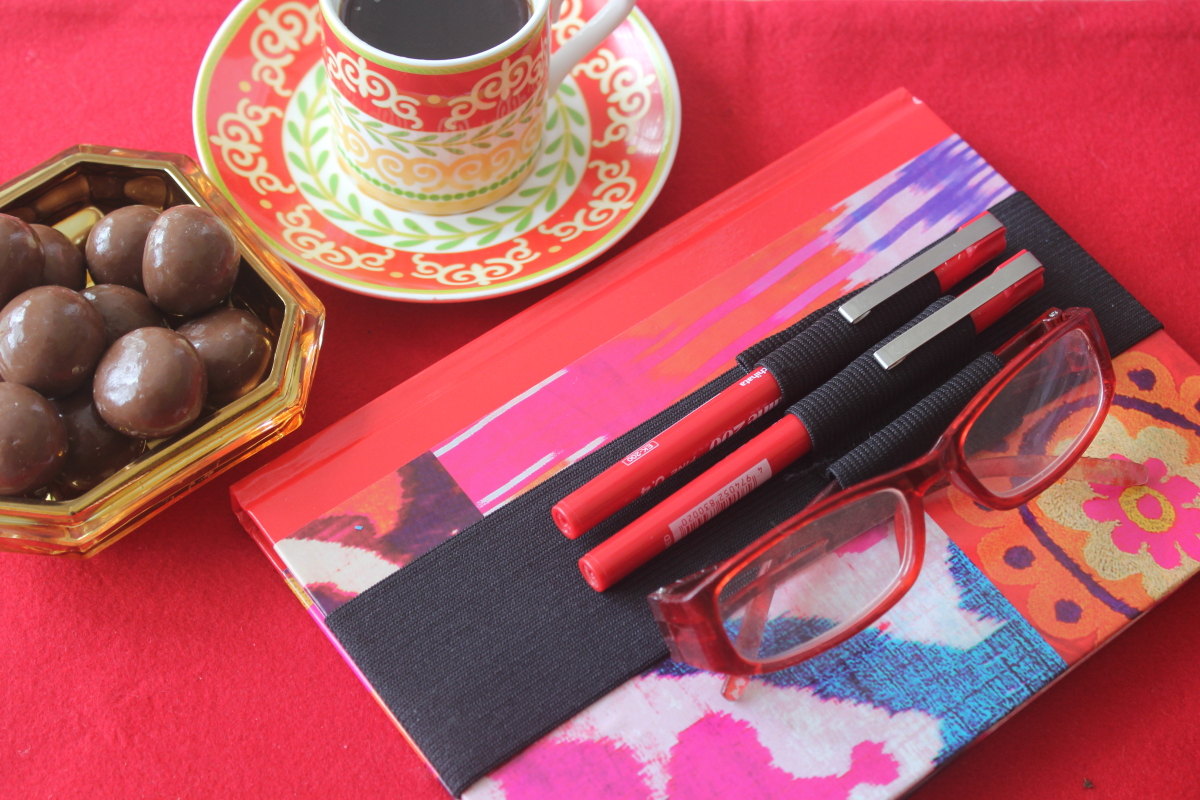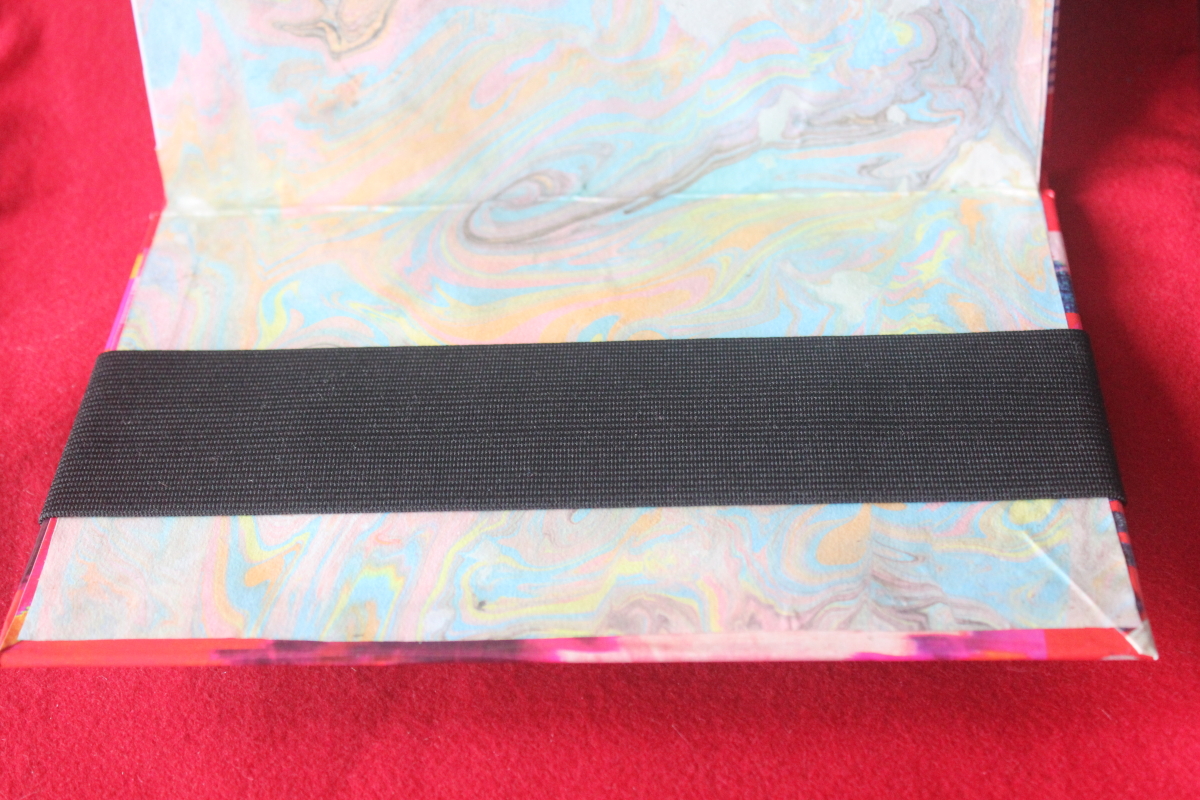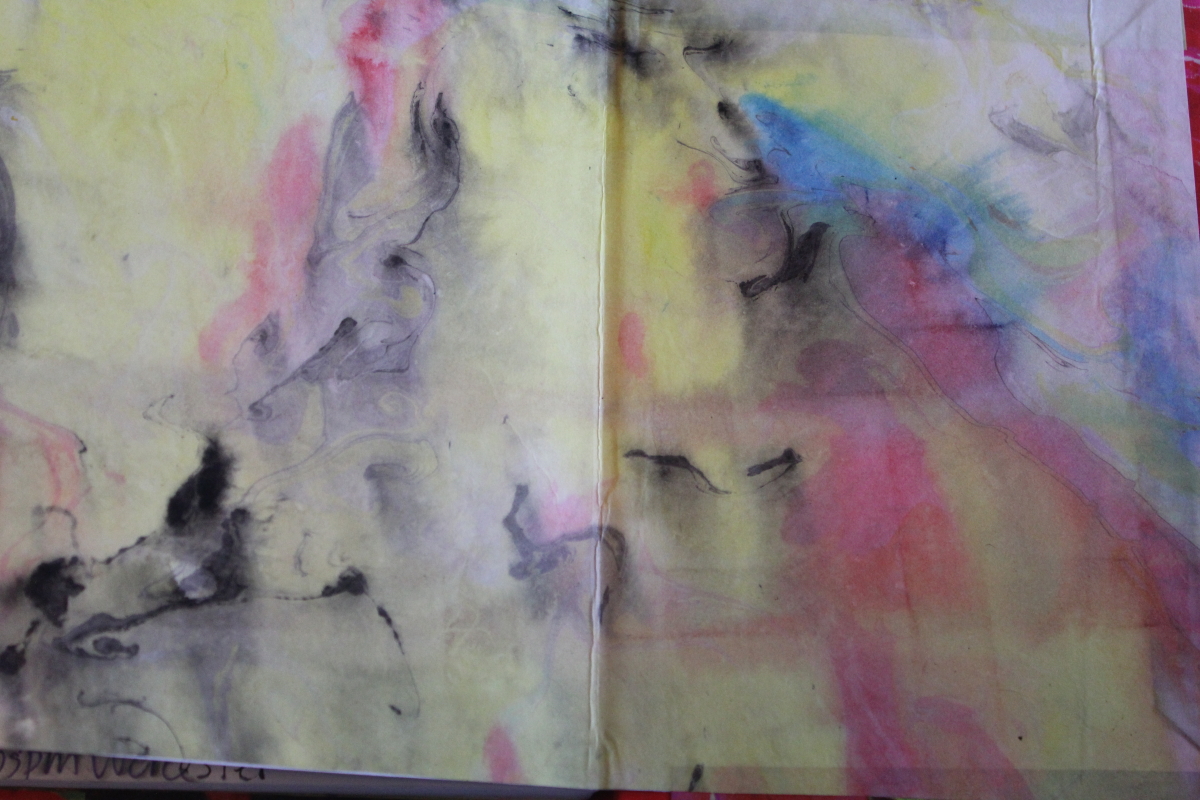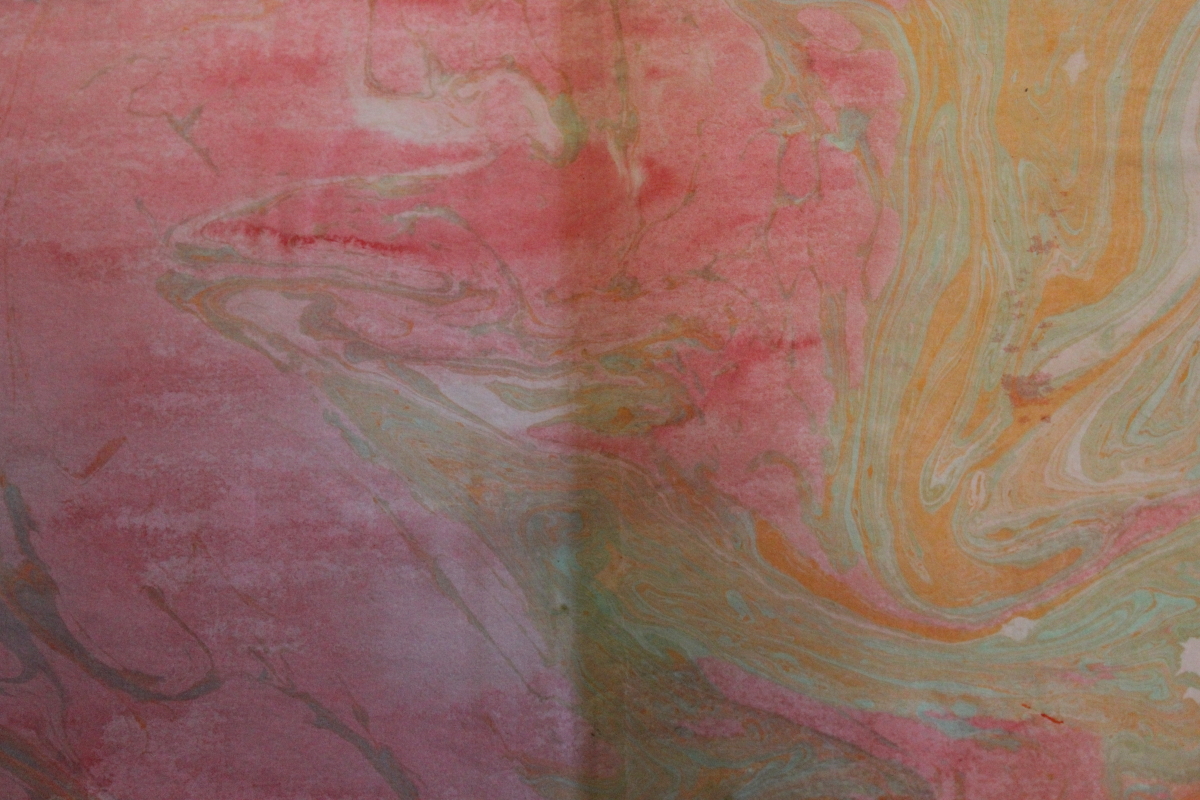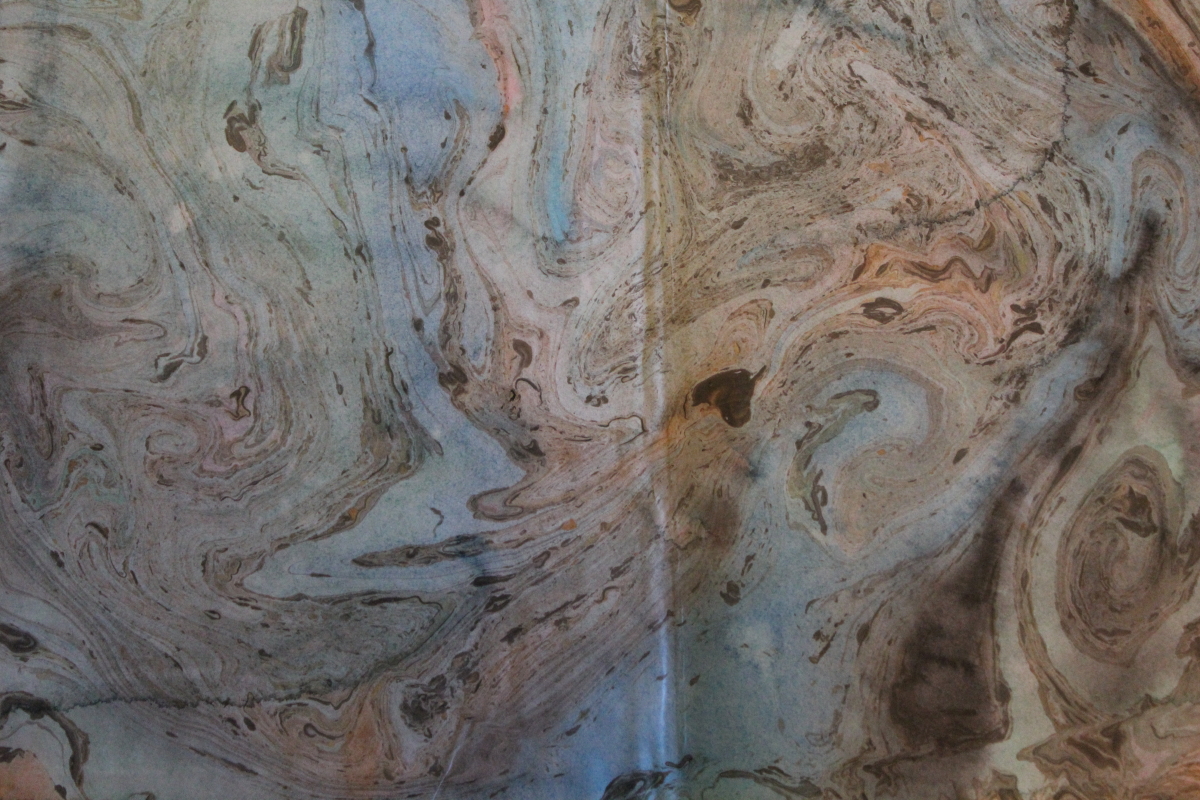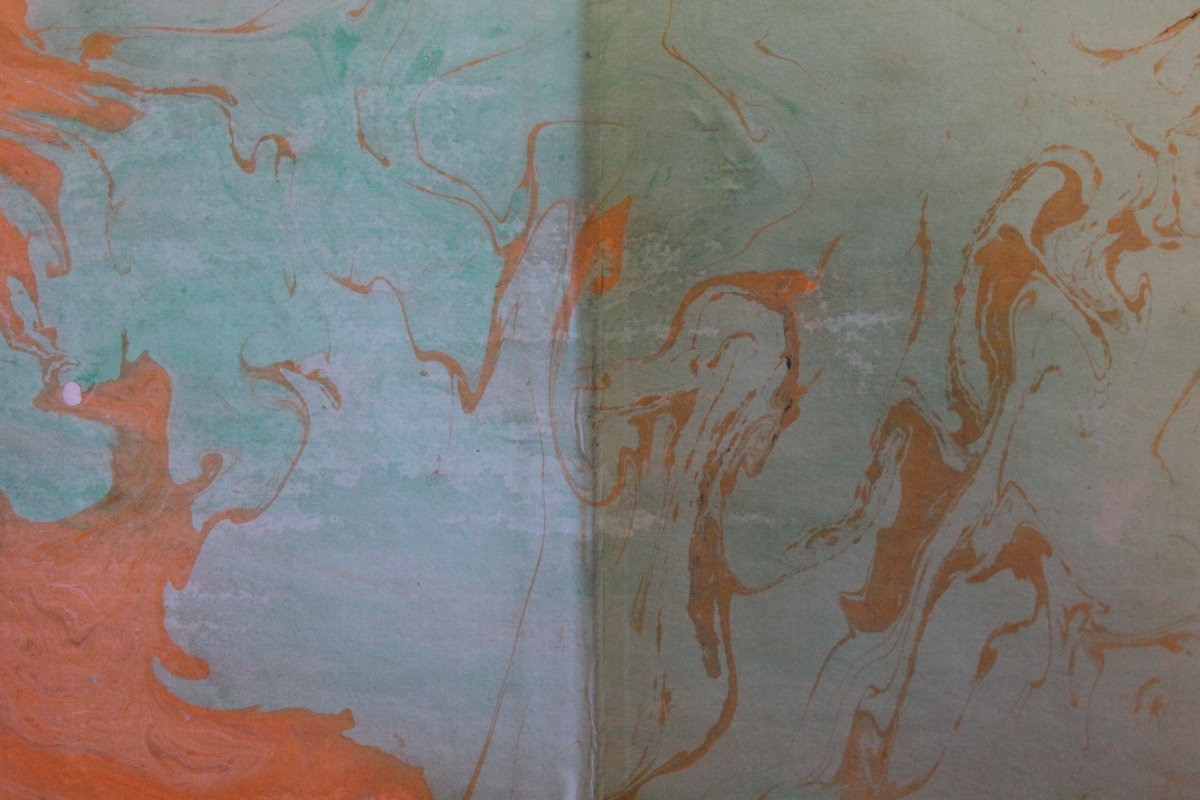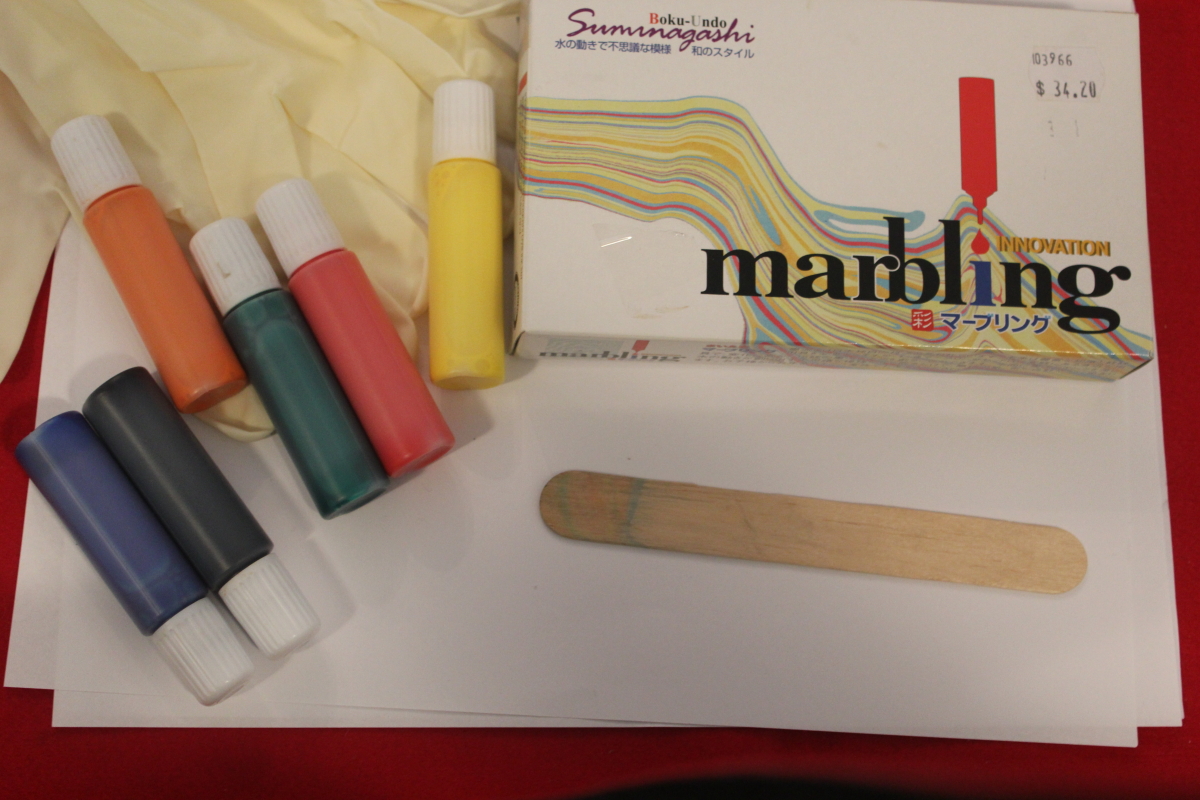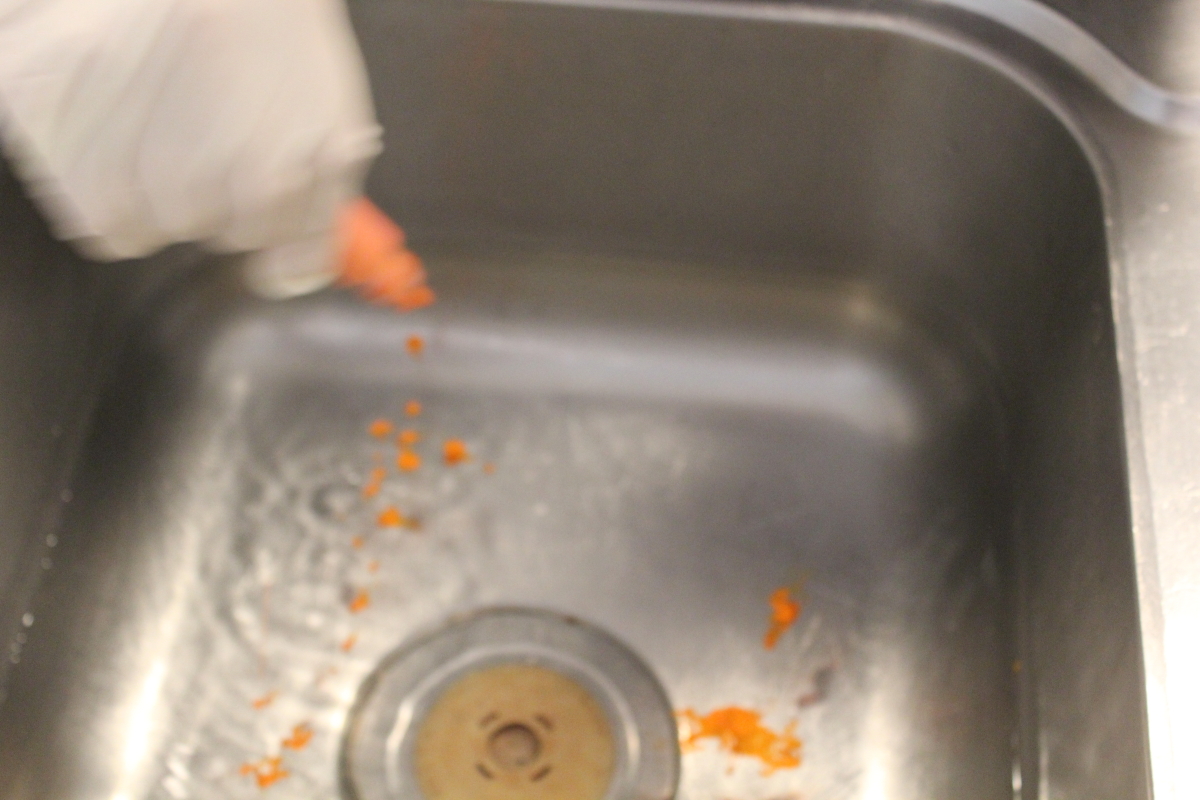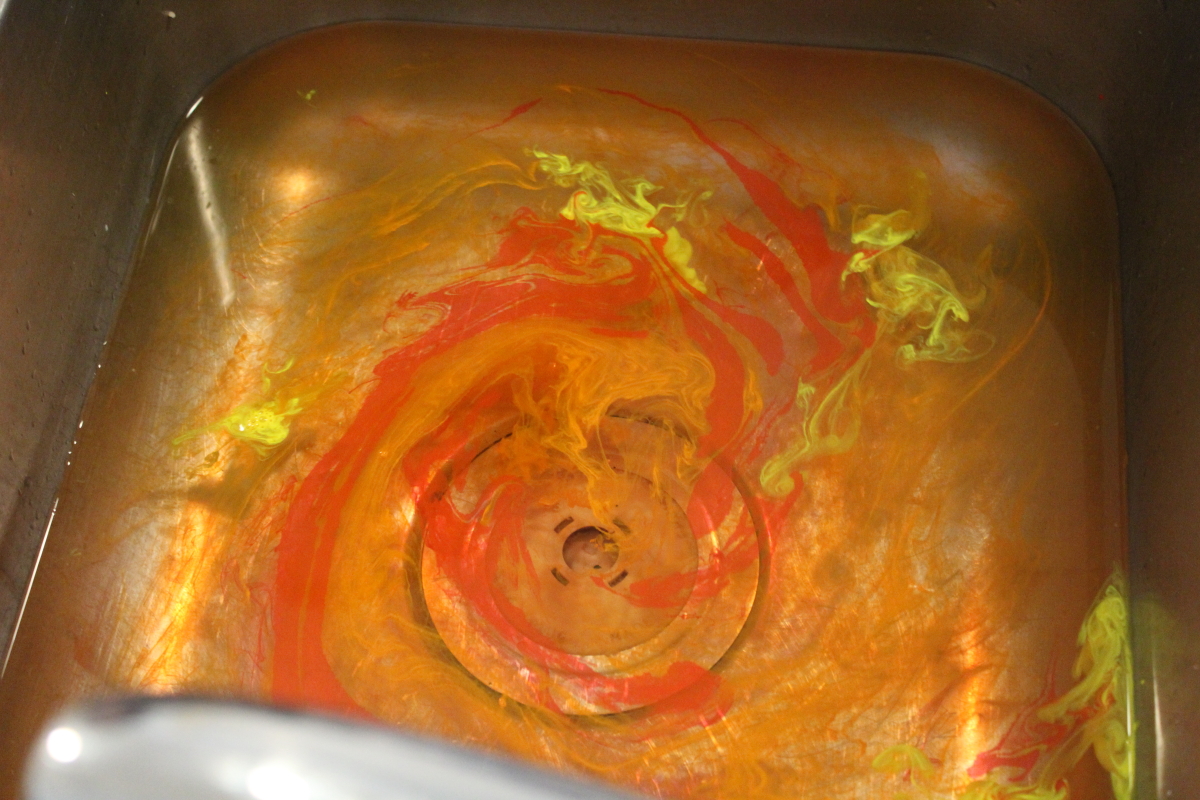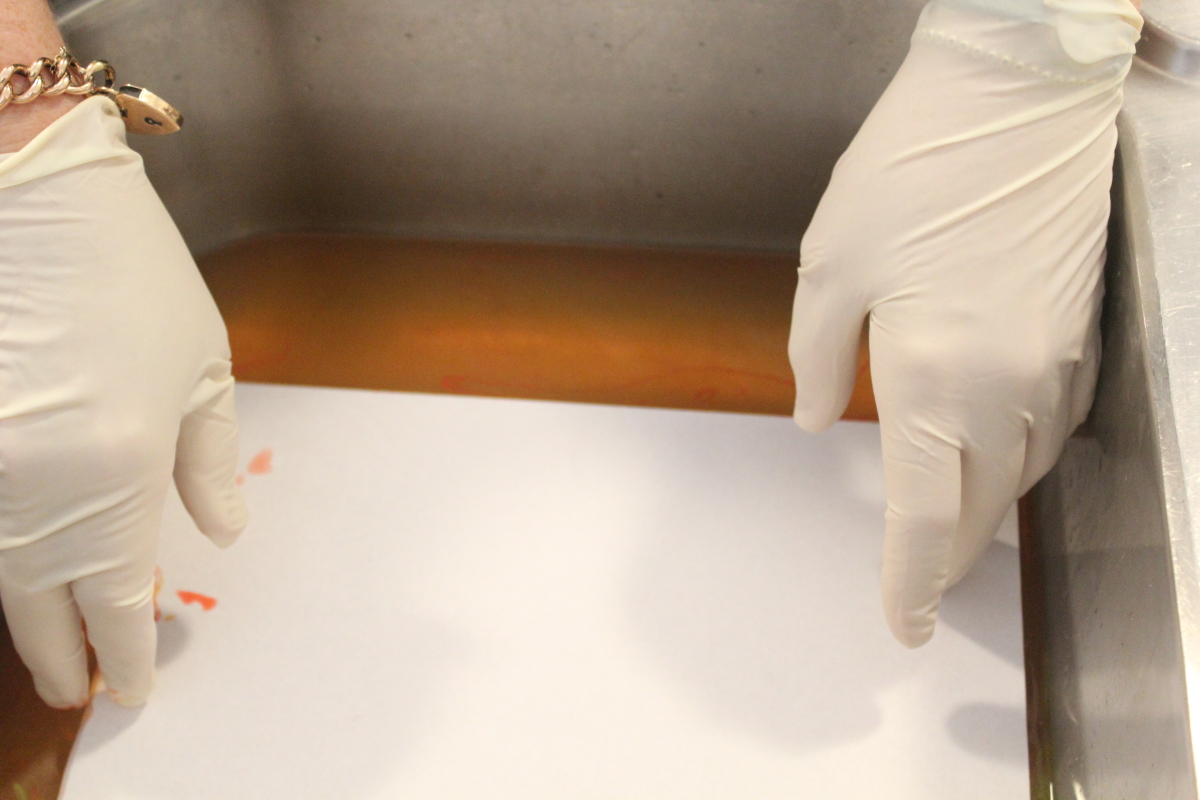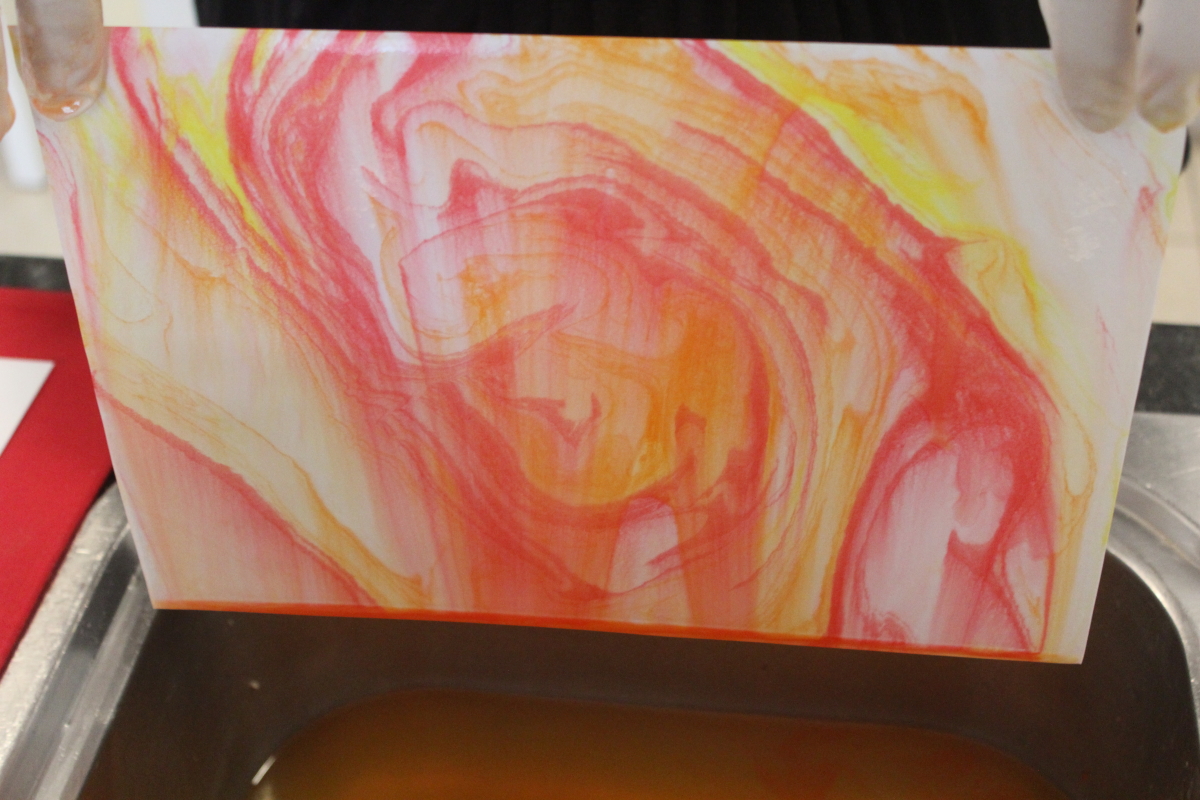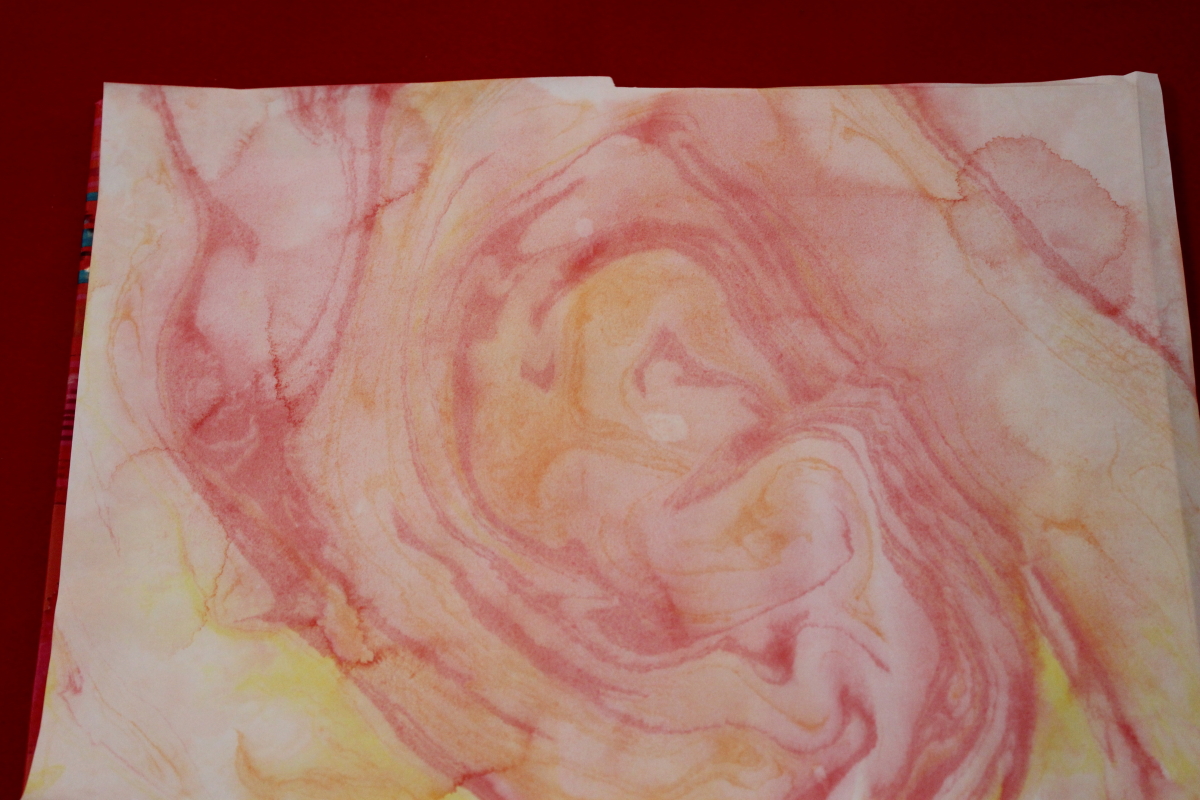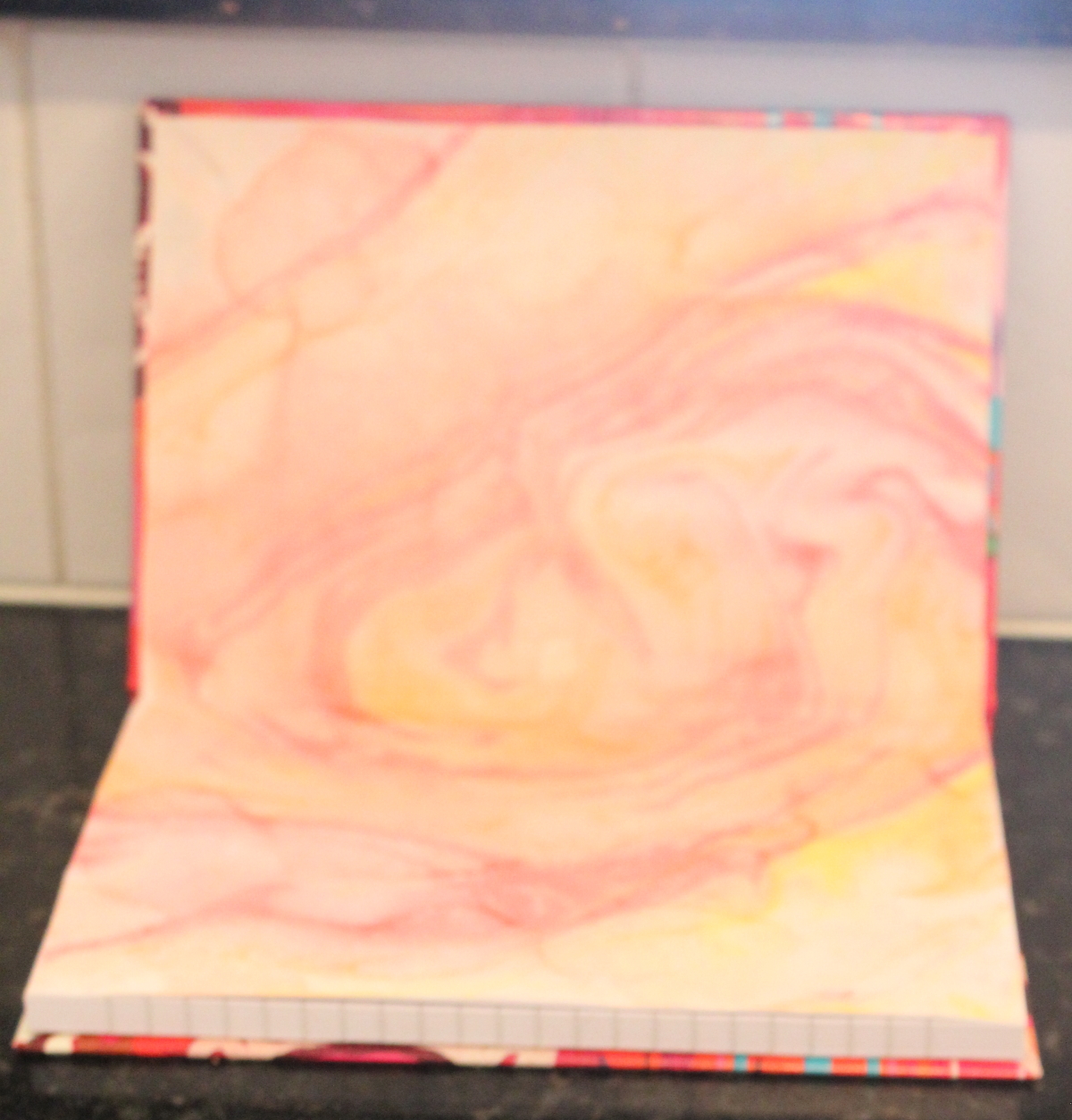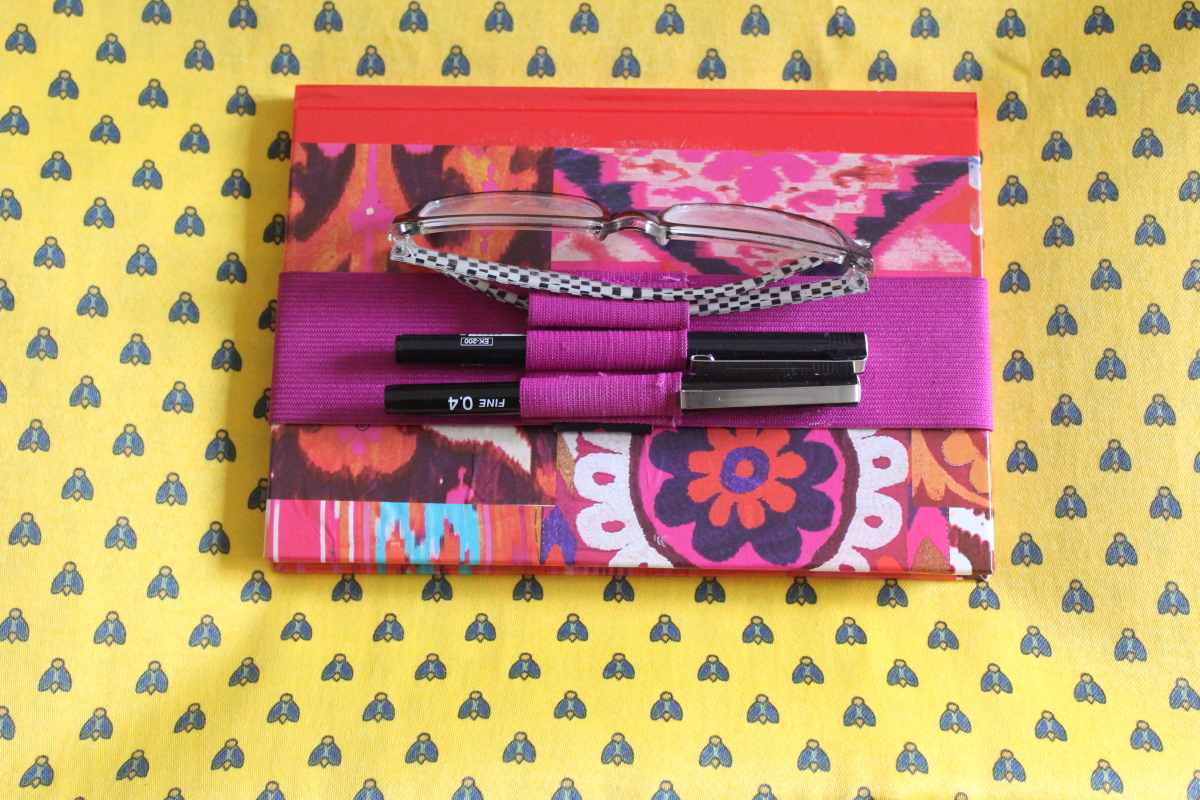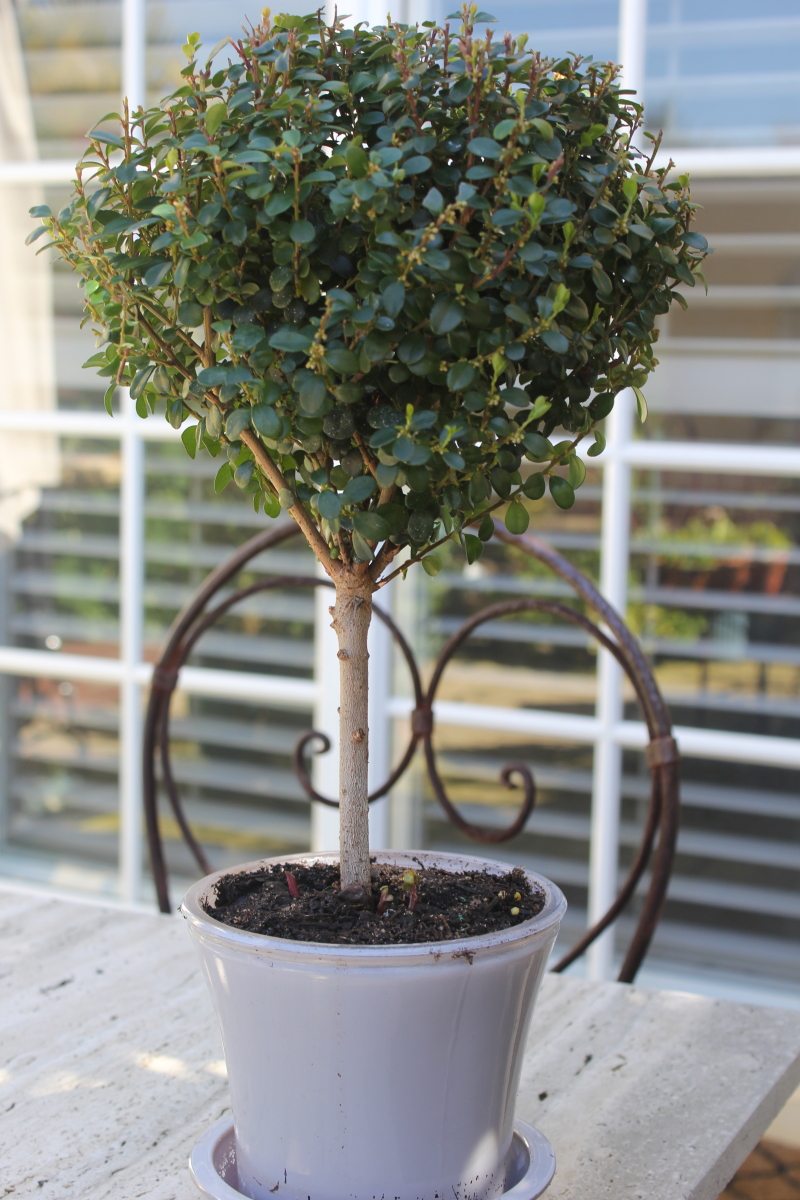

TO GROW
I have box (buxus) hedges and they “sucker”. I pull up these stray suckers and if they have a root attached I plant them out. These are generally successful.
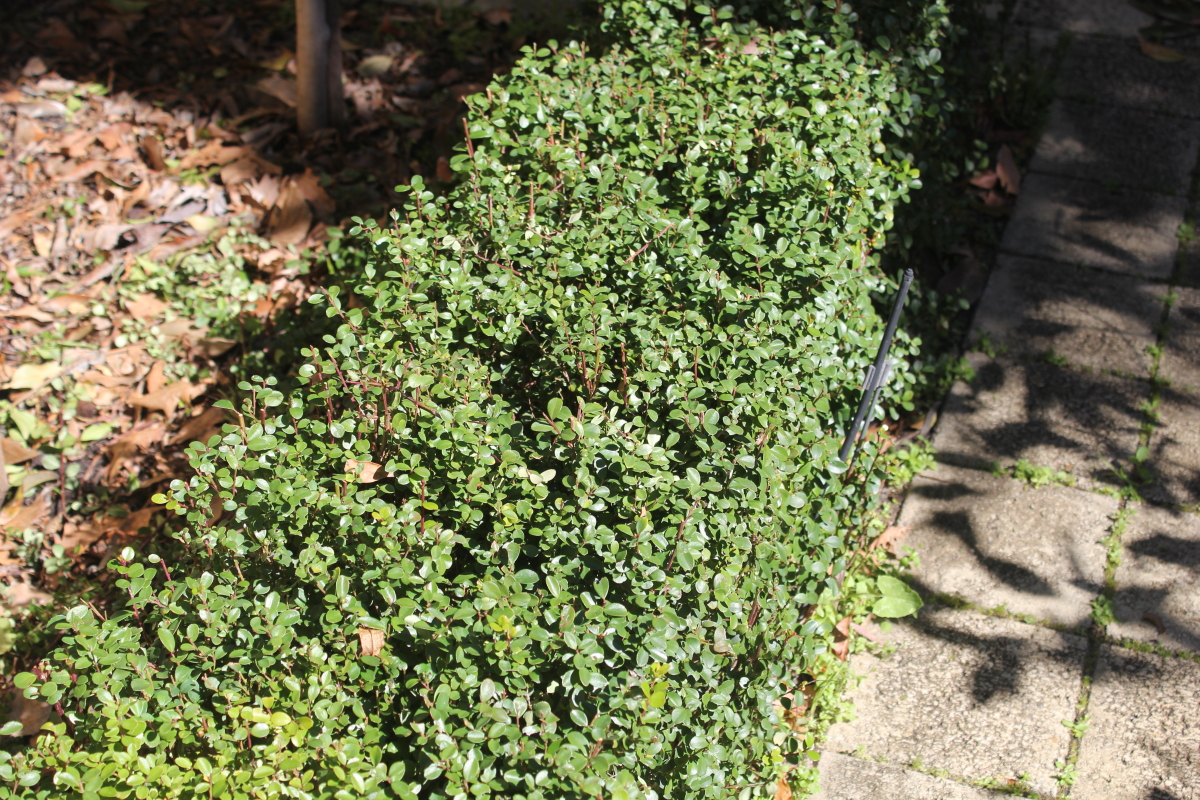

Another method is to take a cutting from an existing plant. The best time to grow semi-hardwood cuttings, like box, is late spring to summer, although I have had success in autumn, too.
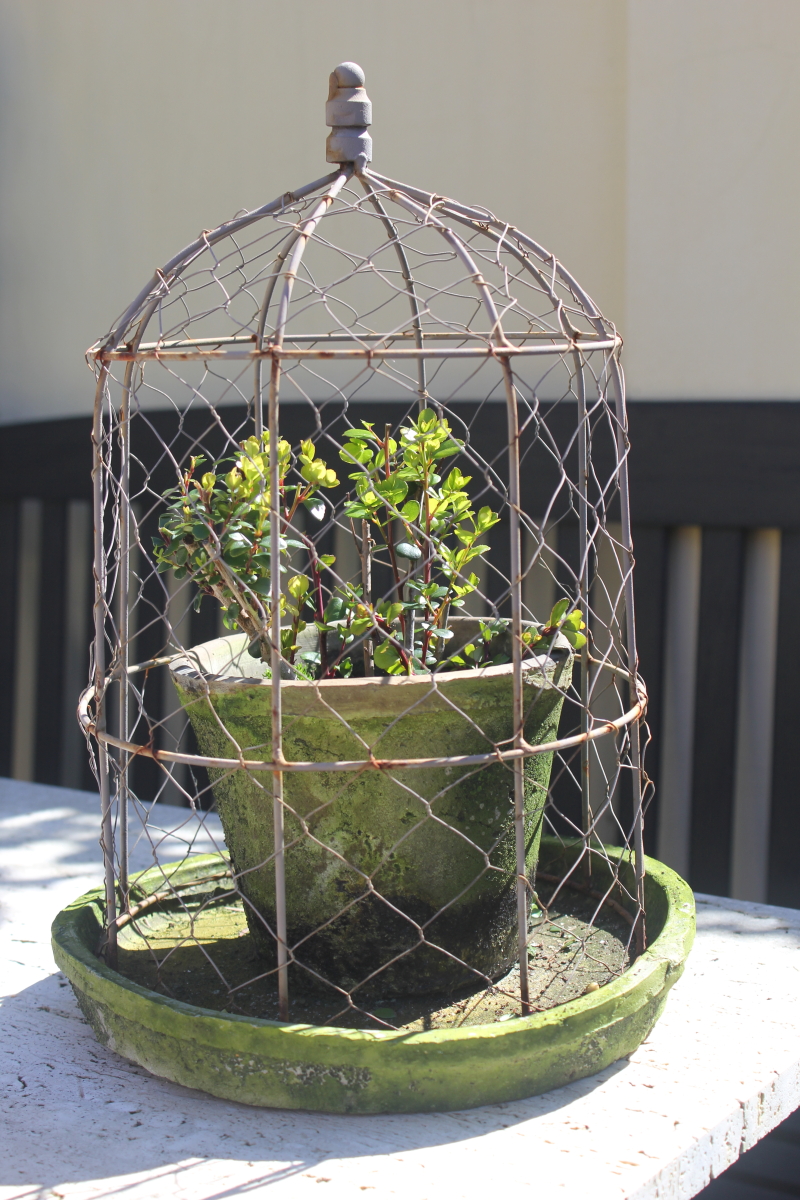

Take a cutting about 10cm/4 inches long and strip off all but a few leaves at the top. Keep the cutting moist in damp paper towel or newspaper if you’re not planting them straight away.
Push several stems into a pot of well drained potting mix and label them. Some gardeners recommend dipping the stem into rooting/hormone powder. Sometimes I do, sometimes I don’t and have good outcomes either way.
Cover the pot with a plastic bottle with the bottom cut off and the lid off to allow air circulation. This creates a mini-glasshouse. I only do this in autumn. Don’t let the pot dry out.
In about 10 weeks your plants should have grown roots and can be carefully transplanted. The plants in the pot above are three months old and have been very slightly trimmed and shaped.
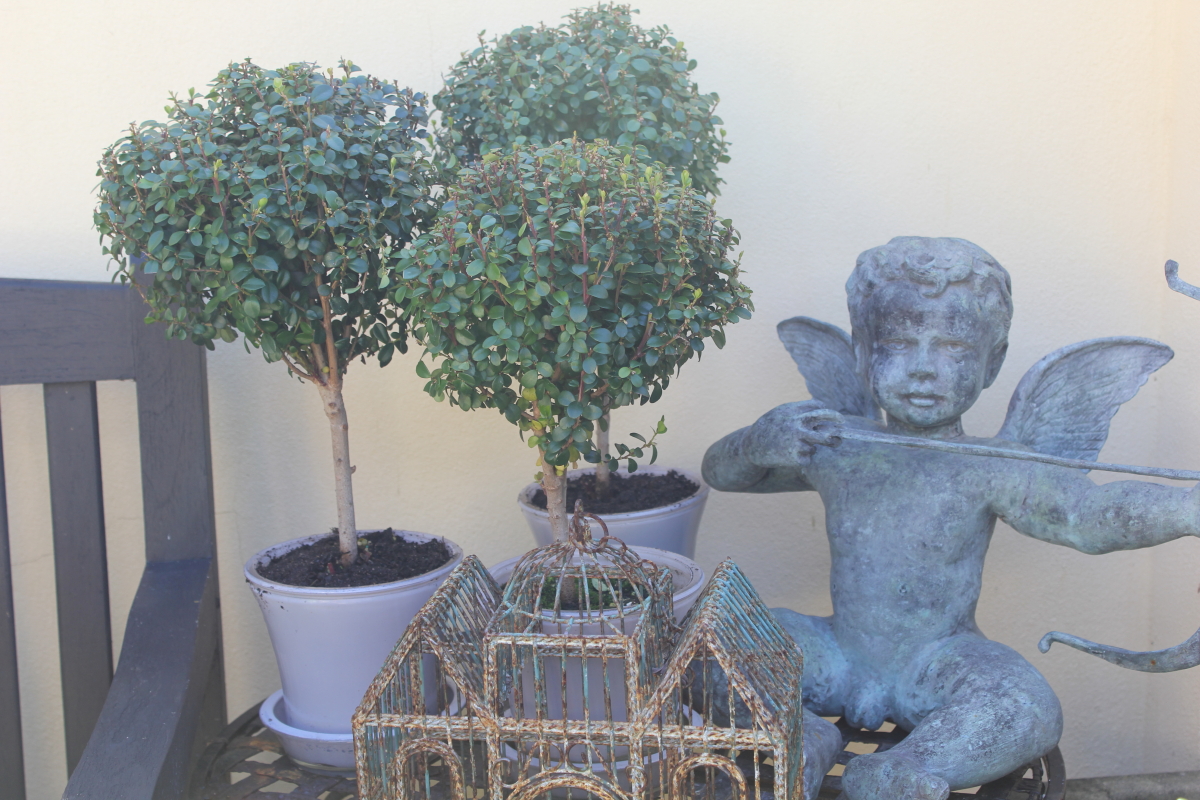

TO TOPIARISE
To create ball topiaries, strip the leaves from the stem leaving the growth at the top. Begin shaping this using scissors or secateurs. Occasionally leaves will develop on the stem as they grow. Just pull them off.
These topiary trees are about two years old and I keep them dense and round.
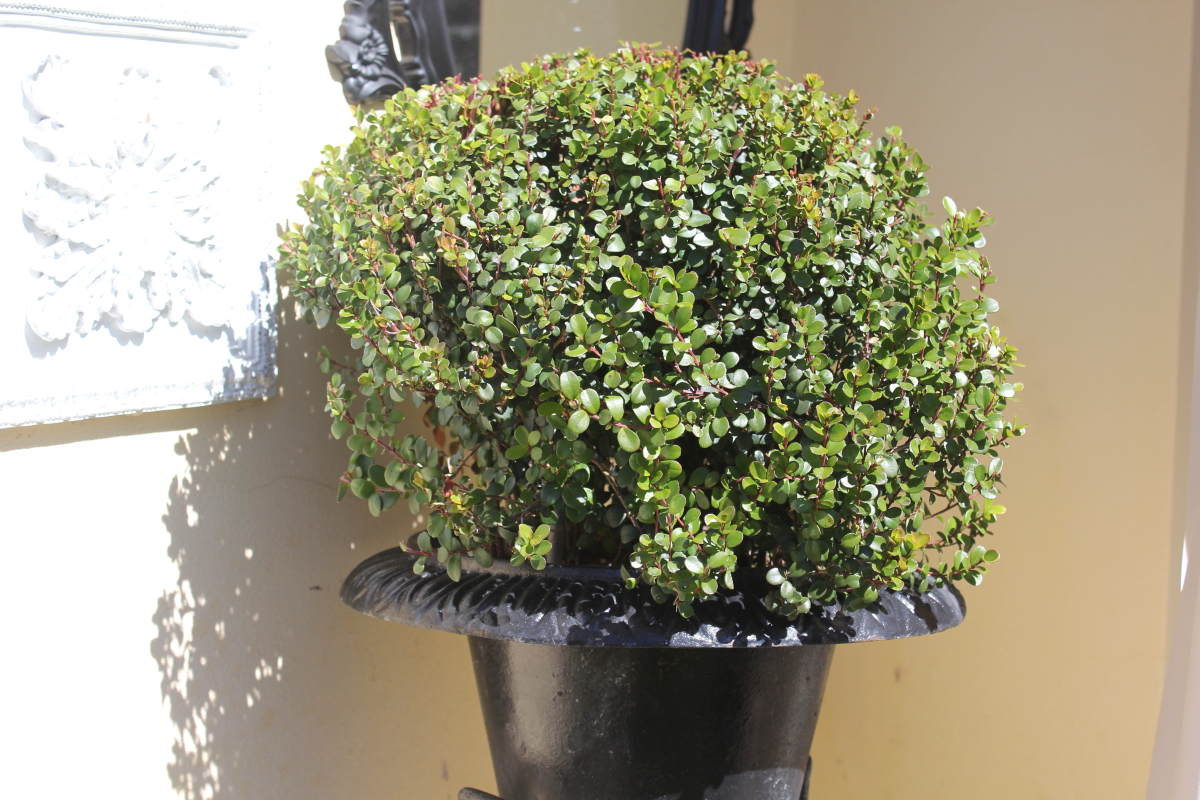

This dome is about three years old and started with four stems.
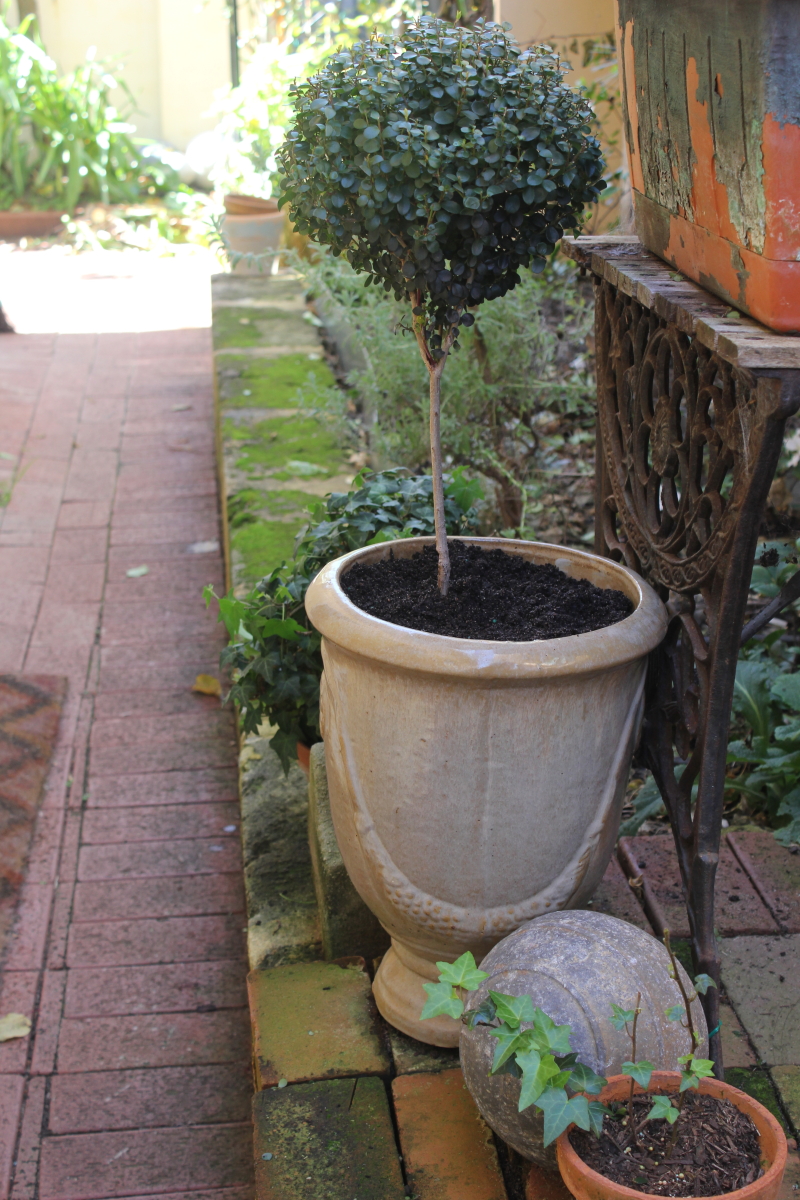

This topiary tree is nearly four years old. Box grows well in full sunlight or semi shade. Don’t let them dry out.
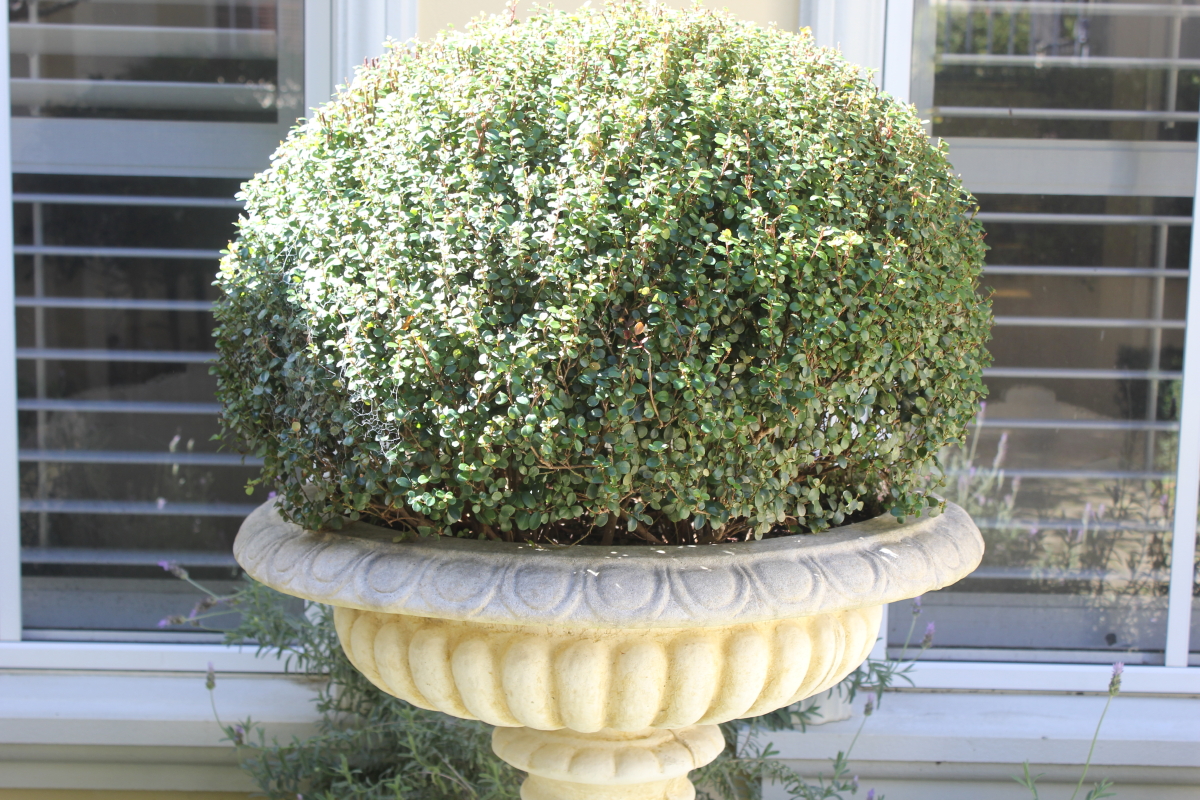

Another dome started with five stems. Begin shaping as soon as there is sufficient growth. If you want to make a square/cube topiary it is easiest to plant four stems, one in each corner of the pot as this will thicken up faster than one with fewer stems.
I use a slow release fertiliser. The container will tell you how often you need to apply it for best growth.
Saturday 26th August is Dog Day and honours the special bond between man and canine. Take time to appreciate the love and value dogs bring to our lives and do your bit for abused and homeless dogs where ever you are in the world. Look at www.nationaldogday.com for more information and ways to celebrate.

